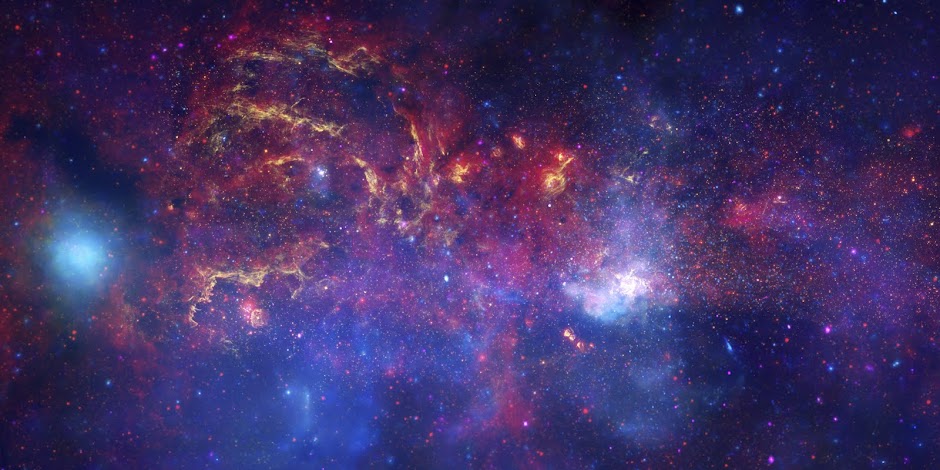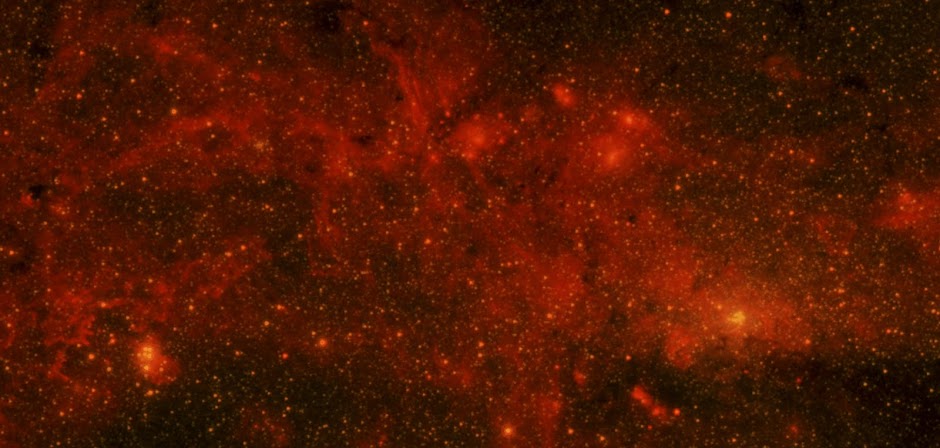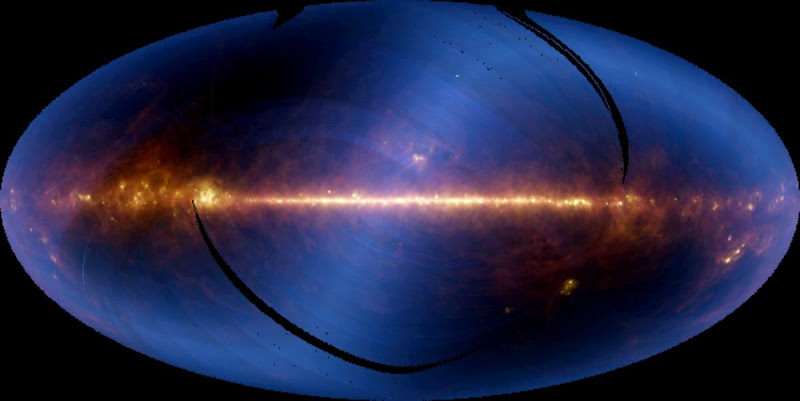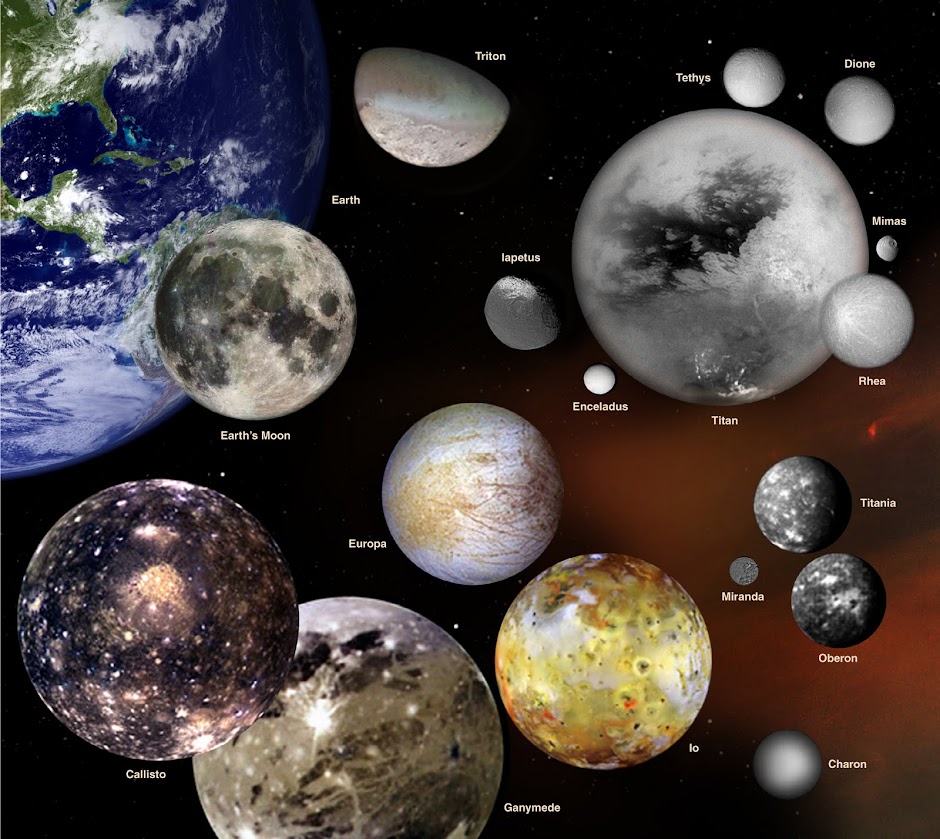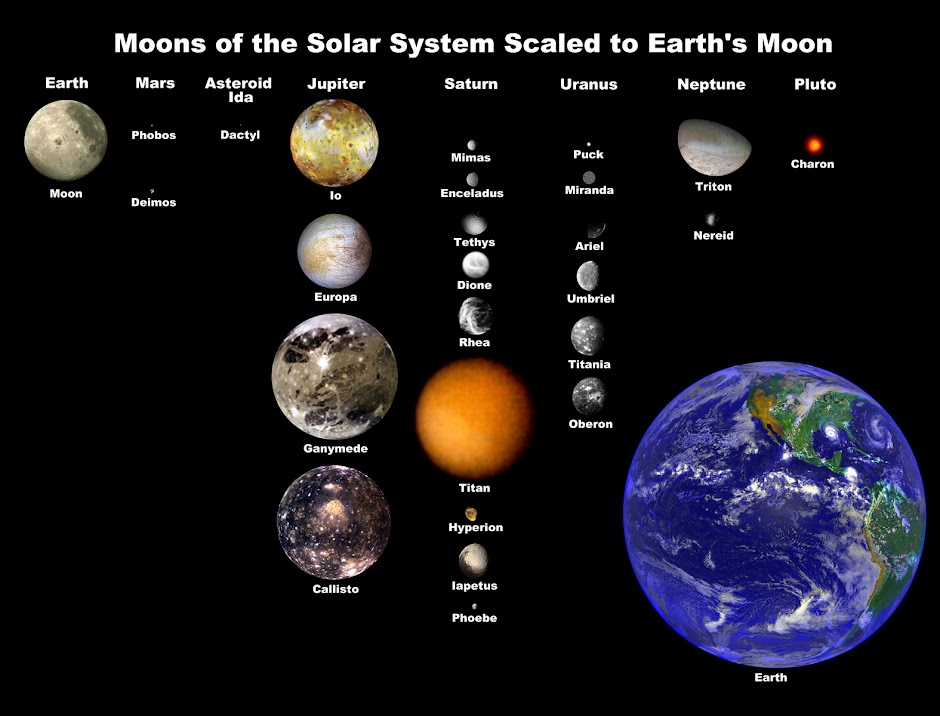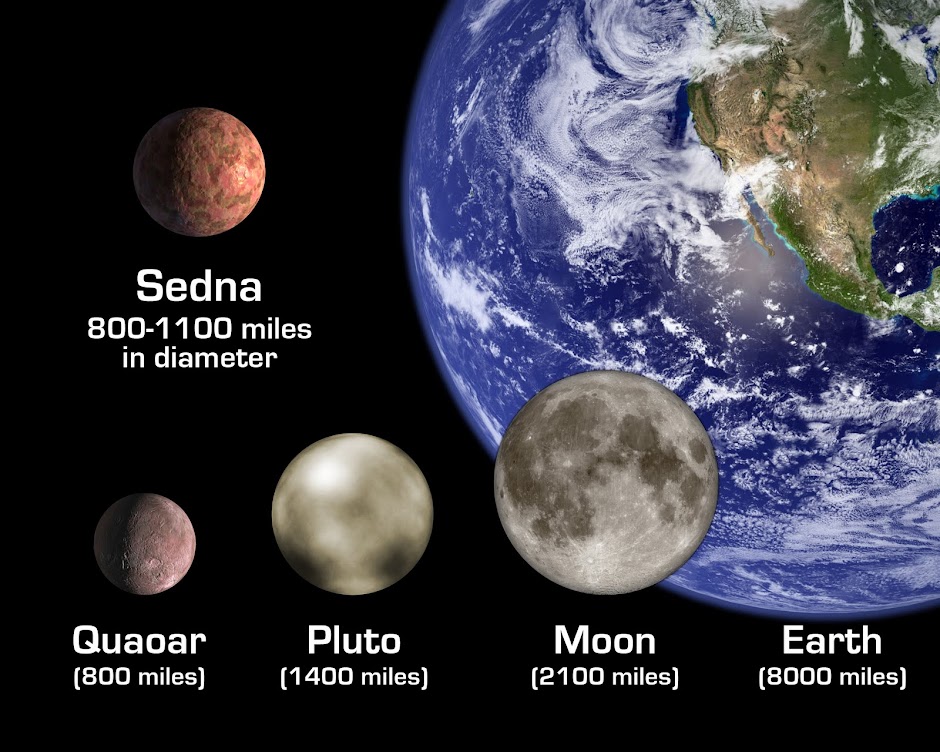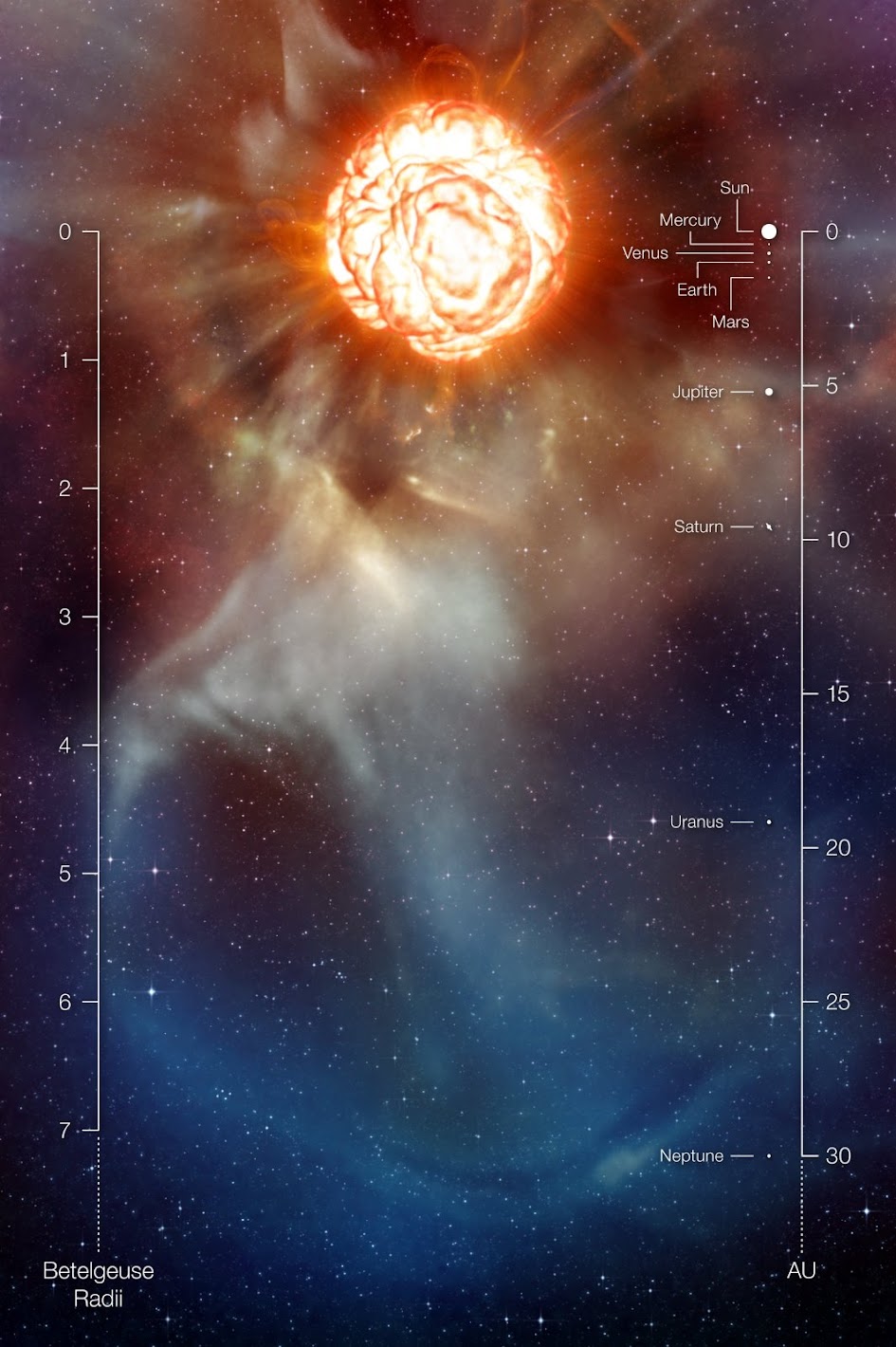Hubble's new camera--the Wide Field Camera 3 (WFC3)-- captured a close-up view of the hundreds of thousands of mostly blue and red supergiant stars, hundreds of star clusters and swarms of globular star clusters in this image of in an arm and nucleous of Southern Pinwheel Galaxy. --
Press Release The image reveals in unprecedented detail the current rapid rate of star birth in this famous "grand design" spiral galaxy. The newest generations of stars are forming largely in clusters on the edges of the dark dust lanes, the backbone of the spiral arms. These fledgling stars, only a few million years old, are bursting out of their dusty cocoons and producing bubbles of reddish glowing hydrogen gas... Credit: NASA, ESA, and the Hubble Heritage Team (STScI/AURA).
The image reveals in unprecedented detail the current rapid rate of star birth in this famous "grand design" spiral galaxy. The newest generations of stars are forming largely in clusters on the edges of the dark dust lanes, the backbone of the spiral arms. These fledgling stars, only a few million years old, are bursting out of their dusty cocoons and producing bubbles of reddish glowing hydrogen gas... Credit: NASA, ESA, and the Hubble Heritage Team (STScI/AURA).
 All-Sky Milky Way Panorama 2.0 is a digital compilation of over 3,000 images comprising the highest resolution digital panorama of the entire night sky yet created. Interactive zoom version. Credit & Copyright: Axel Mellinger (Central Mich. U) Publ. Astron. Soc. Pacific 121, 1180-1187 (2009).
All-Sky Milky Way Panorama 2.0 is a digital compilation of over 3,000 images comprising the highest resolution digital panorama of the entire night sky yet created. Interactive zoom version. Credit & Copyright: Axel Mellinger (Central Mich. U) Publ. Astron. Soc. Pacific 121, 1180-1187 (2009).




















